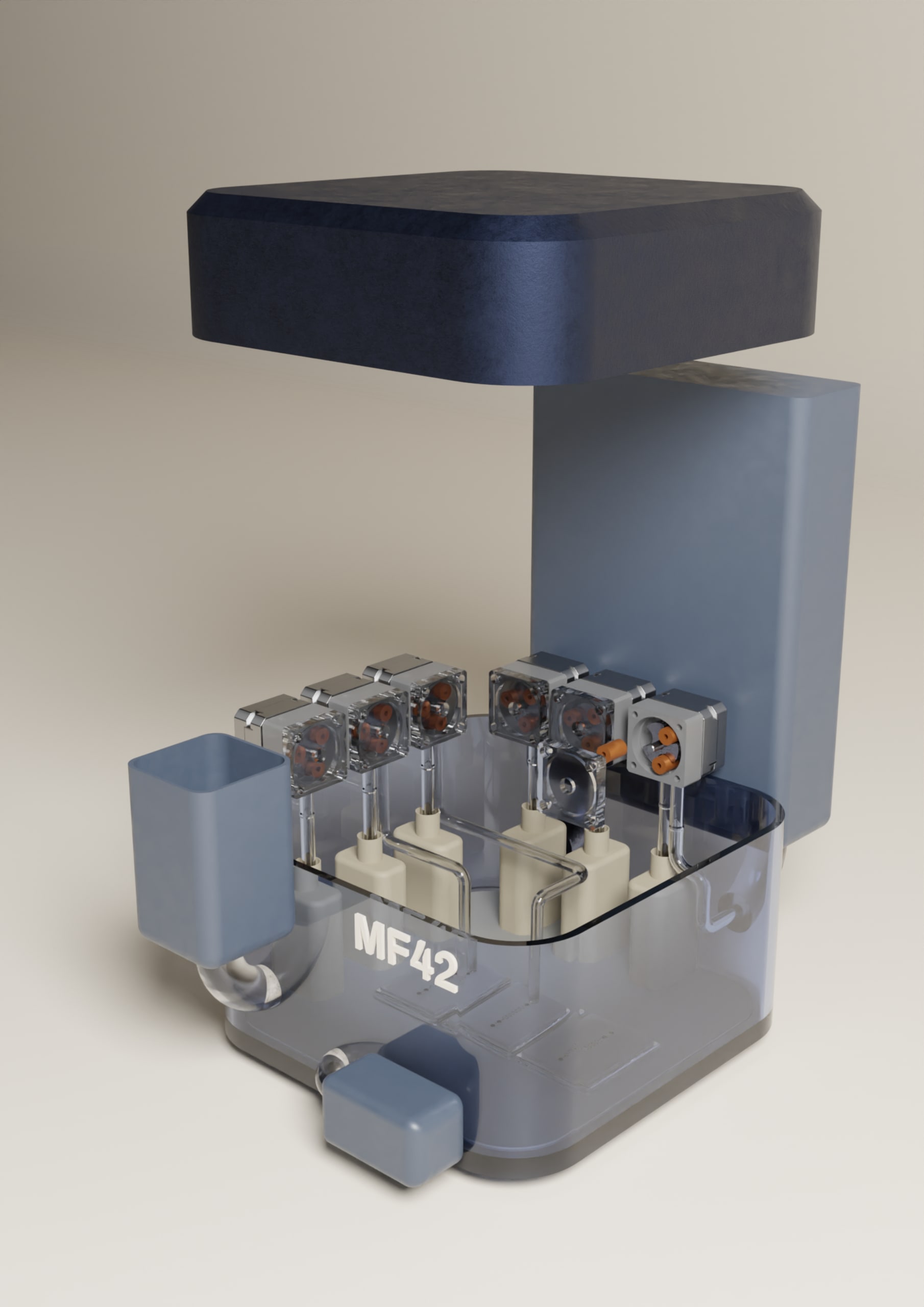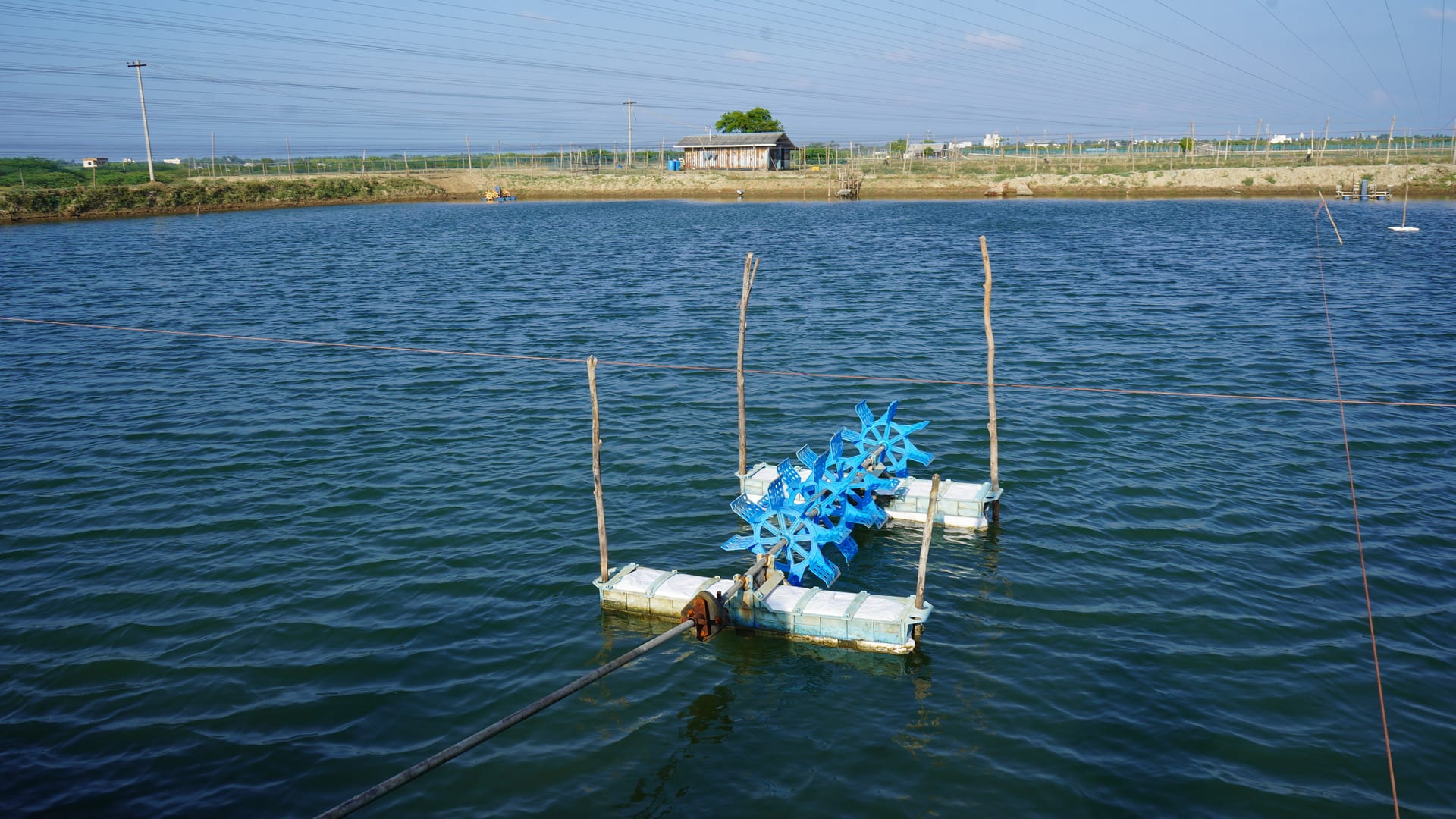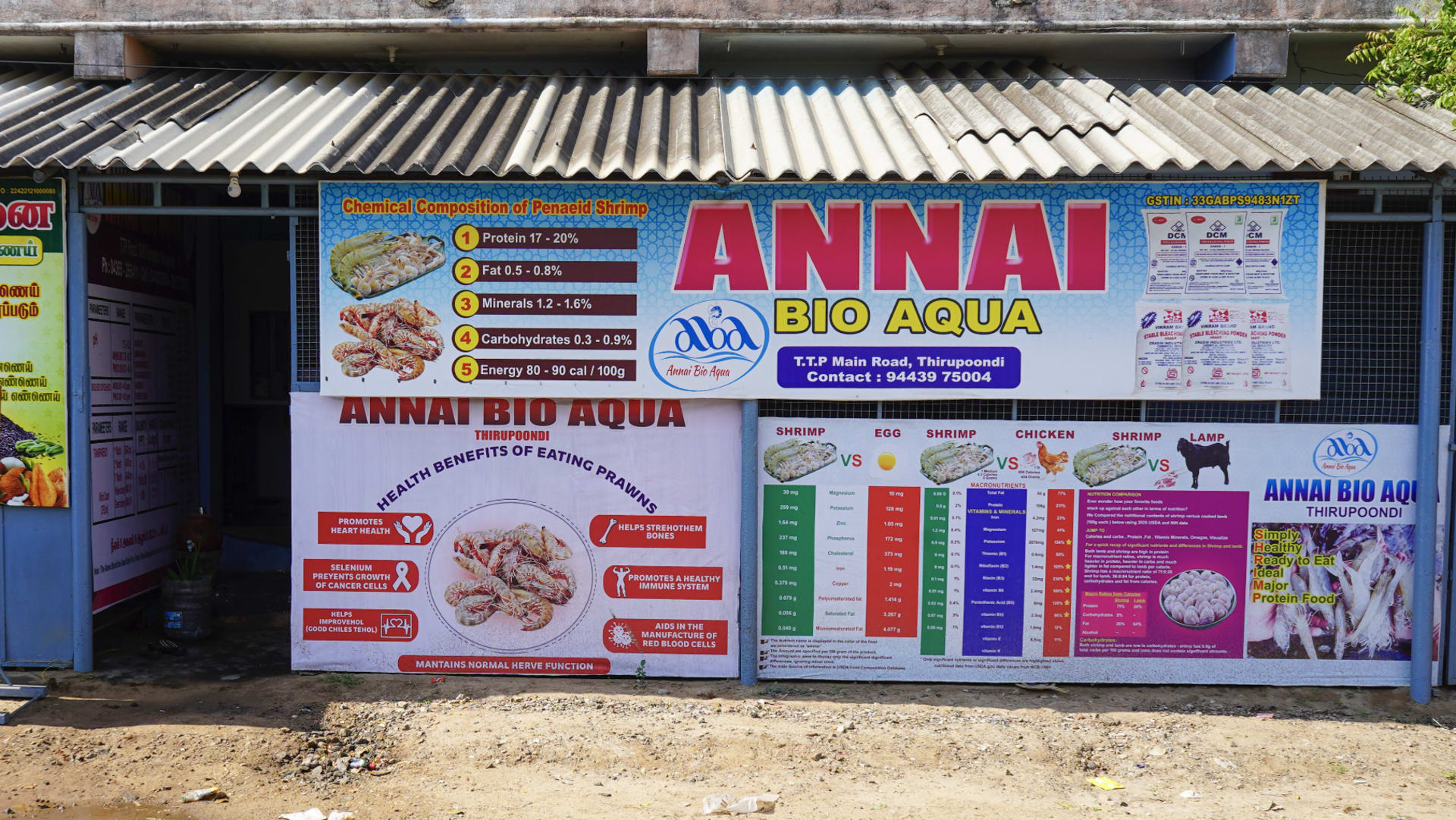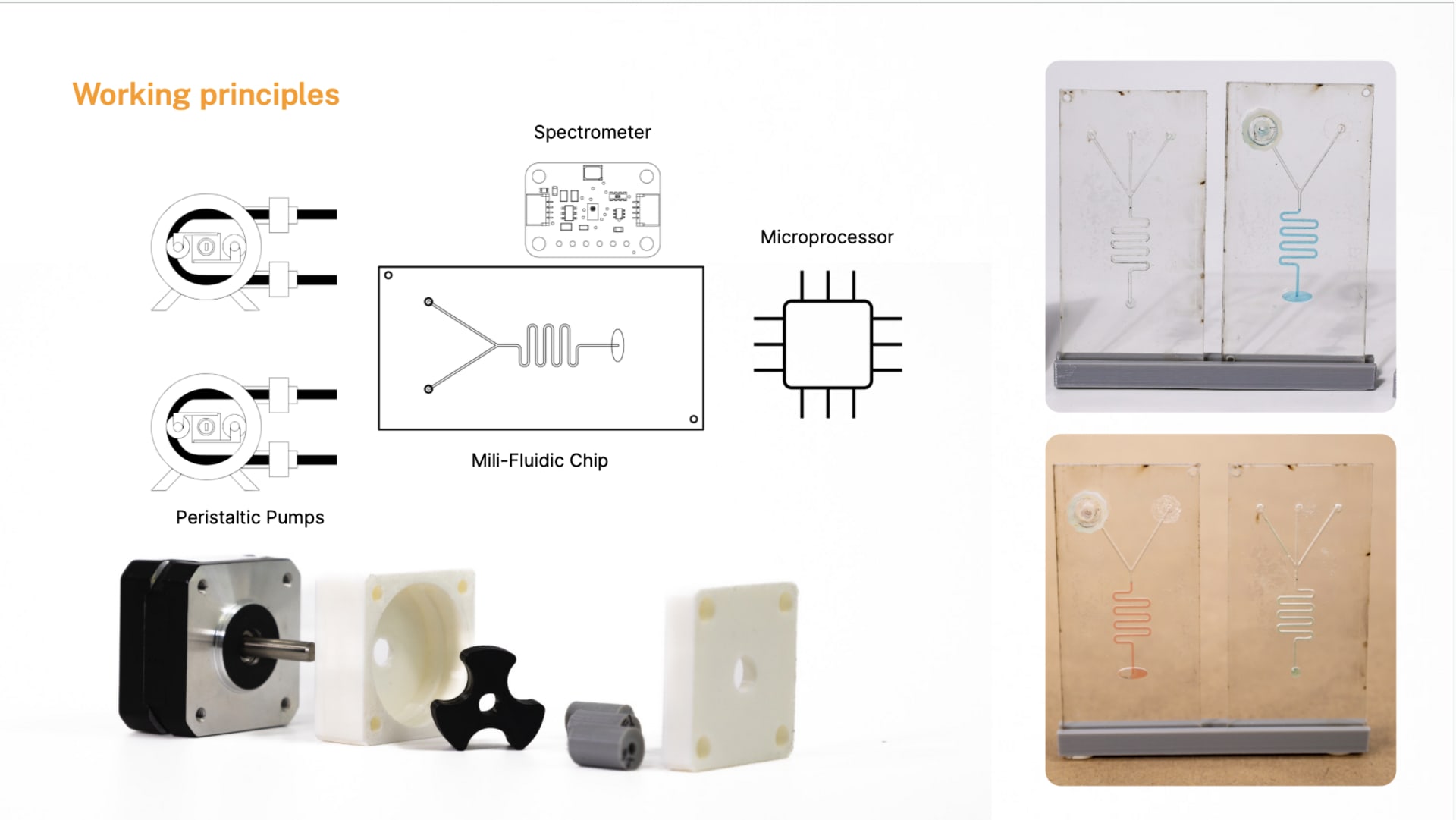Sachin is a Design Engineer with an interdisciplinary background. He has had a rather unconventional journey into the world of design. For his undergraduate studies, he pursued sociology, and entrepreneurship, and then deep-dived into the world of soil-less agriculture. Here he discovered the magic of design engineering, and its potential to transform the world for the better. Without any formal training, he built a portfolio of projects, and after a world-altering pandemic, found himself studying Design Engineering in London.
For his solo project, he has been working on a device to enable seamless water quality monitoring and tracking in Indian shrimp farms. Named MF42, the device uses the principles of mili-fluidics and colorimetry to provide accurate results and uses those to suggest remedial actions to the farmers. It is designed with the aim of enabling the farmers to take benefits of data management and data tracking practices.
Water quality is one of the critical parts of the shrimp farming process as shrimp is farmed in high densities and is prone to diseases, requiring the farmers to be extra cautious. Diseases cause entire crops to fail, bringing losses and distress to farmers every year. The chances of disease increase if the health of the water is not kept in check. This makes water quality monitoring paramount. While there are water monitoring systems in place in India, they fall short in areas of accuracy, data tracking, and ease of access. The MF42 is designed to address these key areas to benefit the current farming methods as well as provide a way of data collection that can be used for forecasting and optimizing operations in the future.












